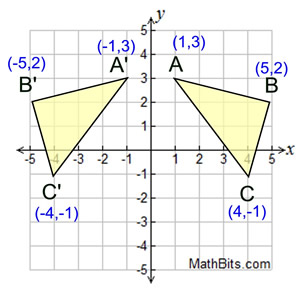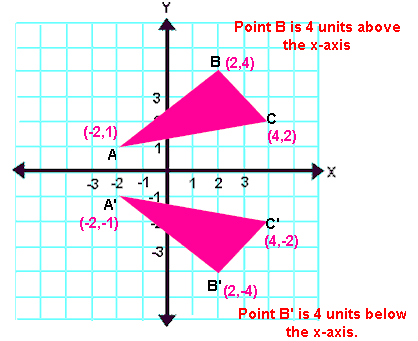
Some simple reflections can be performed easily in the coordinate plane using the general rules below. The fixed line is called the line of reflection. When reflecting a figure in a line or in a point, the image is congruent to the preimage.Ī reflection maps every point of a figure to an image across a fixed line. Figures may be reflected in a point, a line, or a plane. The relation of definition to sharpness and resolving power in a photographic system. X-ray image reconstruction from a diffraction pattern alone. Phase retrieval algorithms: a comparison. Reconstruction of a complex-valued object from the modulus of its Fourier transform using a support constraint. Diffractive imaging of highly focused X-ray fields. Coherent diffractive imaging using phase front modifications. Phase retrieval of arbitrary complex-valued fields through aperture-plane modulation. Hard X ray holographic diffraction imaging. Three-dimensional X-ray Fourier transform holography: the Bragg case. First, a translation is performed on the figure. Recall that a reflection is a transformation that moves a figure (the preimage) by flipping it. Definition: A glide reflection in math is a combination of transformations in 2-dimensional geometry. Consider reflecting every point about the 45 degree line y x. Isometries are also called congruence transformations or rigid motions. The second transformation is reflection which is similar to mirroring images. Reflections, translations, and rotations are all isometries. Lensless imaging of magnetic nanostructures by X-ray spectro-holography. Holt McDougal Geometry Reflections An isometry is a transformation that does not change the shape or size of a figure. High-resolution imaging by Fourier transform X-ray holography. Ptychographic coherent diffractive imaging of weakly scattering specimens. High-resolution scanning X-ray diffraction microscopy. Hard-X-ray lensless imaging of extended objects.

Three-dimensional mapping of a deformation field inside a nanocrystal.


High-resolution X-ray diffraction microscopy of specifically labeled yeast cells. Biological imaging by soft X-ray diffraction microscopy. Unique phase recovery for nonperiodic objects. High-resolution ab initio three-dimensional X-ray diffraction microscopy. Extending the methodology of X-ray crystallography to allow imaging of micrometre-sized non-crystalline specimens. The realization of X-ray lensless imaging in reflection geometry opens up the possibility of single-shot imaging of surfaces in thin films, buried interfaces in magnetic multilayers, organic photovoltaic and field-effect transistor devices, or Bragg planes in a single crystal. The technique can be used with extended objects, places no restriction on sample size, and requires no additional sample masking. We demonstrate this by imaging a nanofabricated pseudorandom binary structure in small-angle reflection geometry. We report a lensless X-ray technique developed for imaging in Bragg and small-angle scattering geometries, which may also find application in transmission geometries. Measure the same distance again on the other side and place a dot. Nearly all examples of these techniques have focused on transmission geometry, restricting the samples and reciprocal spaces that can be investigated. Measure from the point to the mirror line (must hit the mirror line at a right angle) 2. Lensless X-ray imaging techniques such as coherent diffraction imaging 1, 2, 3, 4, 5, 6, 7, 8 and ptychography 9, 10, 11, and Fourier transform holography 12, 13, 14, 15, 16, 17 can provide time-resolved, diffraction-limited images.


 0 kommentar(er)
0 kommentar(er)
